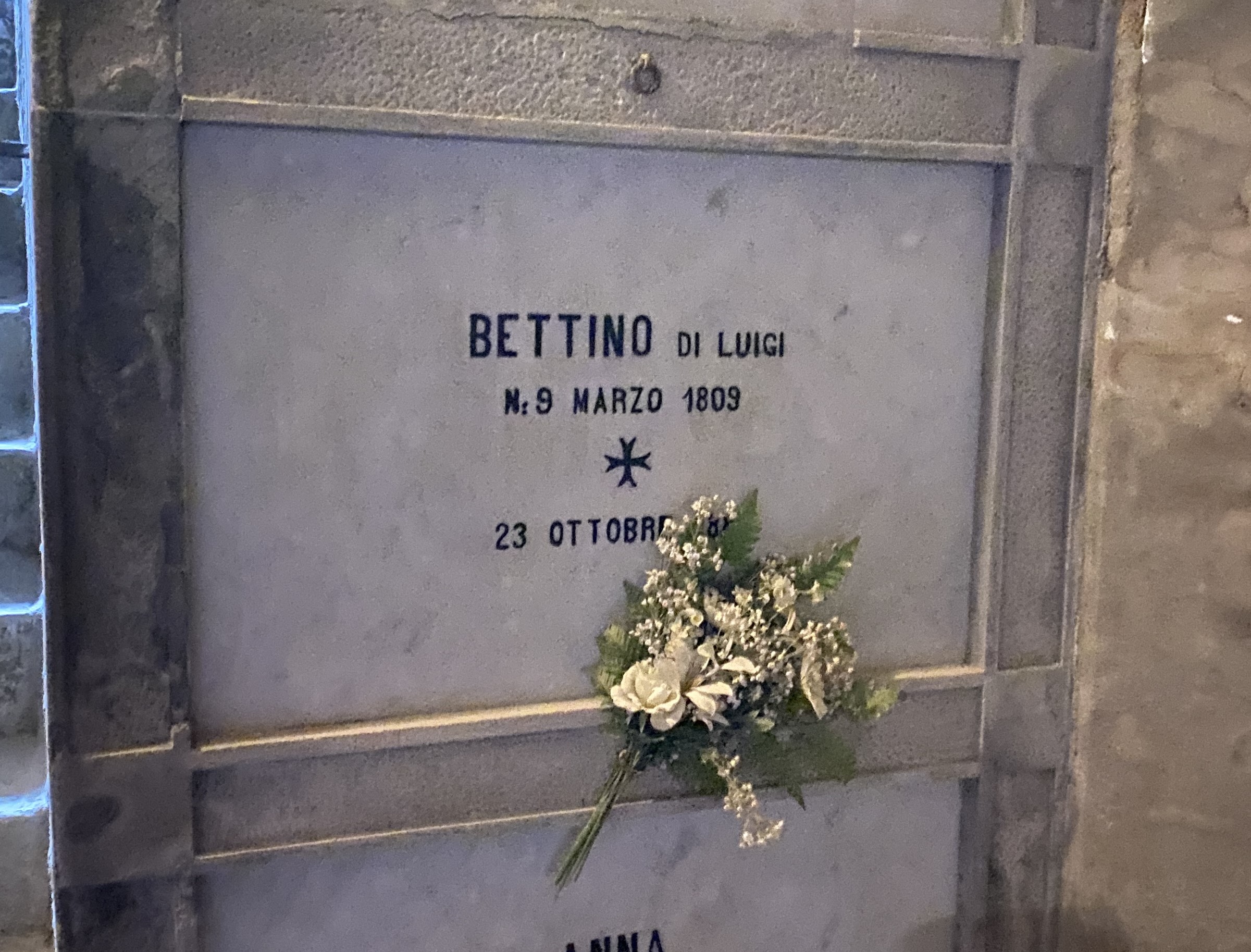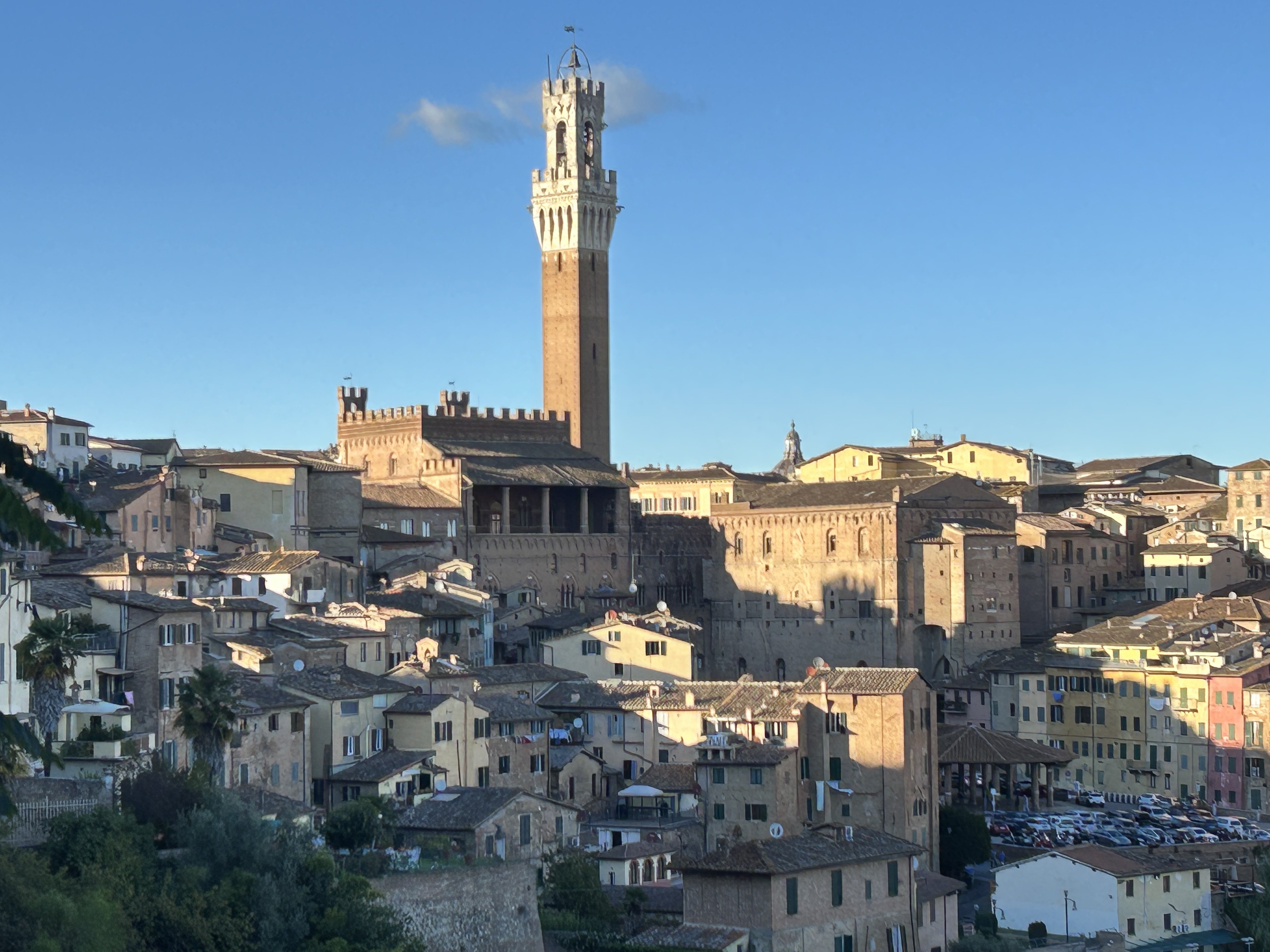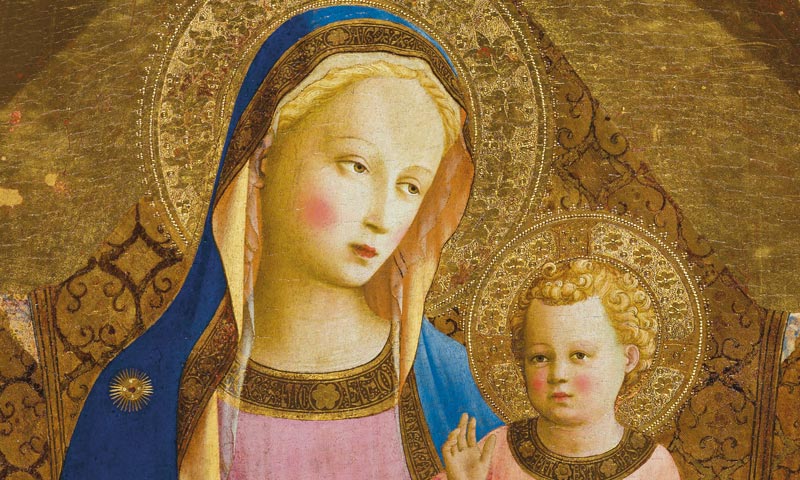Exploring the Chianti Classico area of Tuscany.
This time we are touring the Chianti Classico area, the geographical core of the entire Chianti region. Many wine producers have united in this (southernmost) part just above Siena in the “Consorzio vino Chianti Classico”. You recognize their wine by the black rooster, the consortium's logo on the bottle (“il gallo nero”).
For the origin of this symbol we have to go back to 1384, when the black rooster was chosen by a number of towns as the emblem of a political-military alliance. (By the way, there is a nice legend about the rivalry between Siena and Florence, which you can find on the internet). This league existed until 1774.
Its seat was Castellina in Chianti. The main street looks quite touristy with shops and enotecas. A little further, on the Piazza del Commune, is the Rocca. Throughout history, this stronghold was the plaything of Siena and Florence, which caused it to change ownership frequently. It was therefore rebuilt several times and fortified with massive walls, towers and keeps.
Today the archaeological museum is located on the ground floor, with a collection of Etruscan objects found in the tombs in the wider area.
In the tower building you reach the roof via a “medieval living room”, where you can enjoy a beautiful 360° view. You will even discover the towers of San Gimignano in the distance.
We ignore Radda in Chianti in order to visit the fortified hamlet of Volpaia six kilometers north. This village is special for more than one reason: The medieval buildings have been given a new purpose: churches and hospital buildings (of the Cavalieri di Malta) have become wine cellars or bottling plants. Rooms and apartments are offered for rent.
Wine has been grown there since 1172. Today, the organically grown Volpaia wine would be included in the three best wines in the world by Wine Spectator...
Of course there is the opportunity to visit the domain and taste the wine.
Our next destination is Badia Coltibuoni (literally: “good harvest”). Founded in 1049, this abbey was owned by the monks of Vallombrosa from 1115 to 1810.
The abbey church, dedicated to San Lorenzo, has an eighteenth-century false vault decorated with late Baroque frescoes and stuccowork:
The courtyard of the monastery now serves as an outdoor banquet hall...:
Even more remarkable is the centuries-old Cedar di Libano, with a height of 20 meters and a diameter of 7 meters!
A second “all-in-one” solution for your prestigious wedding party is only 9 kilometers away: Castello di Meleto. This castle and gardens offer a magical setting…
Everything is there to make it a total experience: osteria, enoteca, rooms, apartments, swimming pool, ...
And if it doesn't have to be "grand chic": a picnic on a bench "with a view" is also possible...
A tour of the Chianti Classico is not possible without visiting one of its crown jewels: Castello di Brolio, owned by the Ricasoli since the Middle Ages.
Bettino Ricasoli (1809-1880) is undoubtedly the most important figure from this dynasty. He was not only a leading politician who helped found a united Italy. He was also the successful farmer-businessman-scientist who initiated the renewal of Tuscan viticulture.
In part of the castle there is a museum dedicated to this pioneer.
He is buried in the family cellar of the castle church. But according to local legend, the ghost of Baron Ricasoli, on horseback in a black cloak, wanders around the castle on full moon nights...
From the keep you have a beautiful view of the gardens and the valley of the Arbia (with even Monte Amiata in the background in clear weather)
We end in San Gusme, which has largely retained its original character. The name is derived from 'Sancti Cosme', the original name (Cosmo and Damiano) of a church dating from Carolingian times. Nice to stroll around and end the trip with a glass of... Chianti Classico!






















